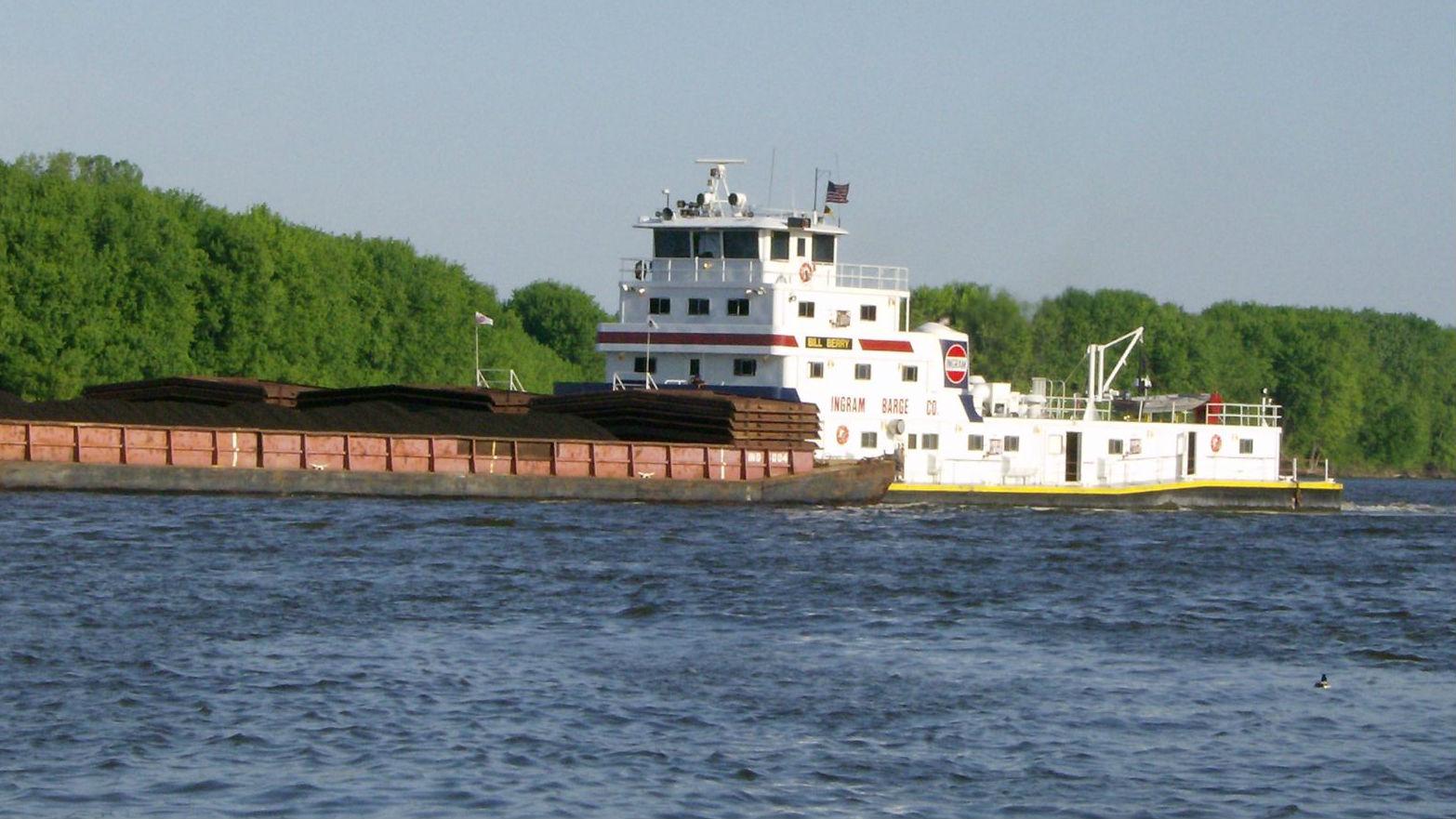Final Subchapter M Rule Released
Many Exemptions for Existing Vessels
 File image
File image By MarEx 2016-06-13 19:14:54
On Monday, the U.S. Coast Guard posted a preview of the final version of the long-awaited Subchapter M regulation, which will extend inspection requirements to the majority of tugs and towboats (over 26 feet in length) for the first time. The text will be officially published in the Federal Register on May 20.
The USCG estimates that the regulation will affect 5,500 vessels operated by nearly 1,100 companies, and will have an annual cost to industry of $33 million – less than some commenters in the rulemaking process believed it would cost a single operator. The savings is due to the most noteworthy aspect of the final regulation: the extensive, permanent exemptions the USCG has created for existing vessels.
Unlike the initial draft published in 2011, under the final rule, stability documentation can be satisfied in a few hours based on examination of an existing towing vessel's "operation or a history of satisfactory service," instead of a traditional inclining test – a new alternative that the USCG estimates will cost approximately a few hundred dollars. New electrical, propulsion, and steering control system retrofit requirements have been eliminated for existing vessels, and a mandate for a pilothouse alerter system and new tow machinery standards will be delayed until five years after a tug or towboat's first certificate of inspection.
Owners and operators had informed the USCG during the rulemaking comment period that extensive retrofit requirements would impose costs in the hundreds of thousands or even millions of dollars, even for smaller firms. Some outside observers expected that the resulting expenses could put many operators out of business or force a wave of consolidation. The Coast Guard says that it strove to address those concerns in the final rule, and it asserts that restricting much of the regulatory burden to newbuilds and a small number of major conversions alone will sharply reduce the impact on operators – as any required changes will be made as part of work that the owner would have initiated anyways.
"The Coast Guard acknowledges the potential for higher costs to retrofit existing vessels. In this final rule, the relevant requirements have been moved . . . and the applicability of these requirements has been reduced to only apply to new vessels (estimated at 88 per year) or those undergoing a major conversion (estimated at 13 per year) that move tank barges carrying oil or hazardous materials in bulk. We estimate the incremental cost to comply during the design and construction stage for new vessels or those undergoing major conversion to be $10,000 per vessel," the USCG wrote. "We believe the resulting final rule fulfills Congress’ mandate to bring towing vessels under an inspection system to ensure and improve safety, while minimizing costs and potential impacts on the U.S. economy . . . The final rule brings all towing companies up to a minimum standard of safety and erodes the competitive advantages of those companies
underinvesting in safety measures." When the rule entered review by the White House Office of Management and Budget in February, the industry association American Waterways Operators expressed its strong support for the completion of the USCG's years-long review process. “For over a decade, AWO has strongly supported the Coast Guard as it has worked to develop a towing vessel inspection regime . . . The rule will raise safety standards throughout the tugboat, towboat and barge industry, incorporating and building on the safeguards that quality companies have already put in place and ensuring that all towing vessels achieve a minimum threshold of safety," said Thomas A. Allegretti, AWO President & Chief Executive Officer.